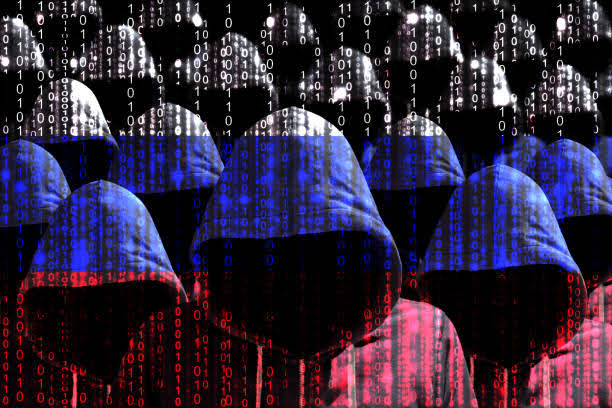Al Qaeda is a Sunni jihadist organization created in 1988 by
Osama bin Laden and others.
The name Al Qaeda means "the base," which
accurately describes how the group has offered a basis of training and
information to subsidiaries all over the globe.
Many countries consider the group to be a terrorist
organization, including the United States, which initiated its War on Terror
against Al Qaeda following the September 11, 2001 attacks.
Despite US attempts to target most of Al Qaeda's core
leadership, many observers think that the group's various
"franchises," which operate in more than 30 countries, remain a
formidable and varied organization.
Al Qaeda sprang from Afghan opposition to Soviet occupation,
but its principal goal was to oppose all things Western, especially those who
represented the United States.
This incorporates democratic concepts from the West.
Al Qaeda's strategy was to entice the US into attacking and
occupying a Muslim nation, which would then incite militants to fight
occupation troops.
It then intended to spread the fight across the area,
dragging the US further into a protracted and expensive struggle.
It would also begin terrorist strikes against US partners at
the same time.
Finally, it believed that by 2020, the US economy, and so
the global economy, will have collapsed.
Al Qaeda would then launch a worldwide jihad and establish a
global caliphate.
Since 9/11, Al Qaeda has stepped up its efforts to utilize
cyber terrorism against the US, believing that cyber targets are just as
vulnerable as airports were before 9/11.
Al Qaeda recruits from disgruntled but often well-educated
groups, giving it access to individuals who are technologically savvy.
Nonetheless, it has spent considerably more time threatening
cyber strikes than actually carrying them out.
Al Qaeda militants, for example, tried but failed to launch
distributed denial-of-service (DDoS) operations against a number of Western Web
sites in 2007.
Al Qaeda Electronic (AQE) debuted in January 2015 as the
organization's first cyber franchise, while its actual affiliation to Al Qaeda
is uncertain.
AQE has mostly involved in Web site defacement, which is one
of the more straightforward kinds of hacking.
It hasn't yet chosen a high-profile Web site as a target.
It has just a few hundred followers on Twitter and
identifies Kandahar, Afghanistan as its actual location.
Unlike the Islamic State of Iraq and Syria (ISIS), which has
effectively maintained its online presence, Al Qaeda has been reticent to
embrace technology because its commanders are afraid that it may betray their
whereabouts, exposing them to US attacks.
Instead of focusing on the outside world in order to recruit
or connect with followers, technology has been concentrated on the inside to
preserve connection.
Following the assassination of Osama bin Laden and other
senior figures, there is discussion over whether Al Qaeda is a functional
doctrine or an organization.
Some think that Al Qaeda actively guides its several
national versions, providing a strategic vision and dictating the scope of its
actions.
Others claim that Al Qaeda acts as a hub, with loosely related
affiliates running their own independent operations with a local emphasis on
corrupt Muslim governments and a larger purpose of destroying anything with
Western relations.
Al Qaeda is comparable to ISIS in that it adheres to Salafi
principles, which strive to cleanse Islam of Shiites and those who are
perceived as failing to conform to Islam as it was during Muhammad's lifetime.
However, in opposition to ISIS, bin Laden advised against
forming a state too rapidly, citing the quickness with which the US had deposed
earlier efforts.
Although ISIS seemed to have surpassed Al Qaeda in 2016, if
Osama bin Laden is true, this is a one-time occurrence since Al Qaeda's
strategy is more long-lasting.
See also:
Cyber Terrorism; Distributed Denial-of-Service (DDoS) Attack; Islamic
State in Iraq and Syria (ISIS)
Further Reading:
Ibrahim, Raymond, ed. The Al Qaeda Reader: The Essential Texts of Osama Bin Laden’s Terrorist Organization. New York: Broadway Books, 2007.
Mendelsohn, Barack. The Al-Qaeda Franchise: The Expansion of Al-Qaeda and Its Consequences. New York: Oxford University Press, 2016.
Wright, Lawrence. The Looming Tower. New York: Vintage, 2007.



